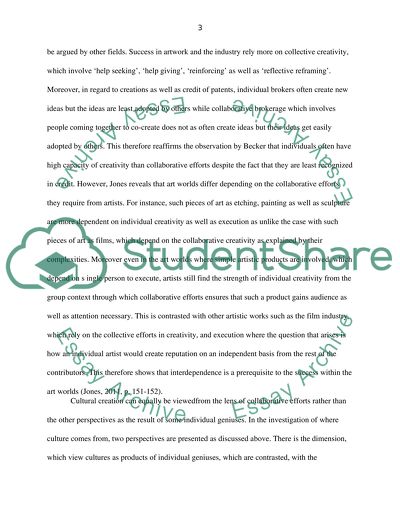Cite this document
(“How does Becker's 'Artworlds' approach challenge the notion of the Essay”, n.d.)
How does Becker's 'Artworlds' approach challenge the notion of the Essay. Retrieved from https://studentshare.org/sociology/1491342-how-does-beckeryies-ychartworldsyie-approach
How does Becker's 'Artworlds' approach challenge the notion of the Essay. Retrieved from https://studentshare.org/sociology/1491342-how-does-beckeryies-ychartworldsyie-approach
(How Does Becker's 'Artworlds' Approach Challenge the Notion of the Essay)
How Does Becker's 'Artworlds' Approach Challenge the Notion of the Essay. https://studentshare.org/sociology/1491342-how-does-beckeryies-ychartworldsyie-approach.
How Does Becker's 'Artworlds' Approach Challenge the Notion of the Essay. https://studentshare.org/sociology/1491342-how-does-beckeryies-ychartworldsyie-approach.
“How Does Becker's 'Artworlds' Approach Challenge the Notion of the Essay”, n.d. https://studentshare.org/sociology/1491342-how-does-beckeryies-ychartworldsyie-approach.


